Speaker
Description
December 2024 will mark 40 years since the first operation of the ISIS spallation neutron source. Whilst many components have been changed and updated the Target station 1 void vessel and shielding monolith have remained in place throughout that time. This makes these components some of the most irradiated in a spallation spectrum in the world. It is important to understand the neutron activation and damage to inform lifetime assessments with ISIS planning to operate until to 2040s and to inform eventual decommissioning activities.
As well as the steel void vessel, steel monolith inner shielding and concrete outer shield there are also various penetrations and ducts for engineering services as well as the instrument beamlines and heavy shutters.
A new Monte Carlo model has been built using the most accurate CAD model available to include all these features and allow the most accurate calculations of neutron activation to be performed. The CAD to Monte Carlo geometry conversion has been performed using GeoUned which allows conversion to MCNP, OpenMC and PHITS compatible geometry.
Given the very thick shielding significant variance reduction methods are needed to reduce the statistical uncertainty. A variety of global variance reduction methods have been tried to develop global weight windows along with targeted variance reduction methods for some of the penetrations.
One of the issues with older facilities is the loss of information such as material specifications or even drawings of some of the component details. As a result there was also a need to perform sensitivity calculations for different impurity levels in the steel.
Many of the heavy shutters have been changed over time as instrument requirements have changed. As they are movable components they see different neutron irradiation conditions in terms of flux and spectrum in different positions.
This talk will give an overview of the history of the monolith irradiation by different neutron targets, calculations of neutron activation, dose rates and radiation damage rates. It will also discuss the approach for moving components such as the heavy shutters and the use of facility operations data to inform the irradiation history for use in the neutronics calculations.
| Scientific Topic 5 | Induced radioactivity and decommissioning |
|---|

